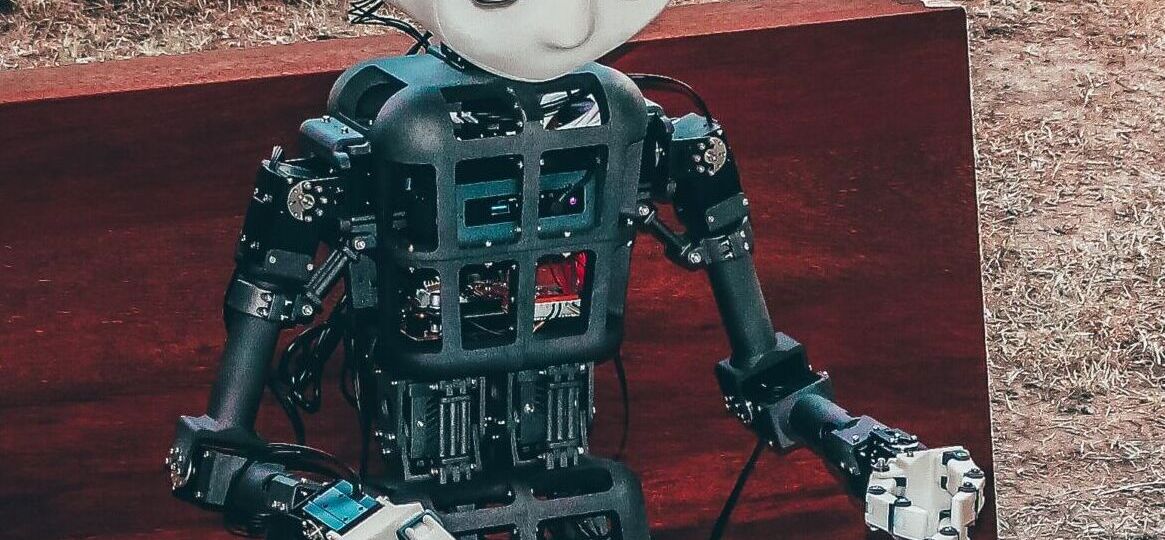
When AI first came on the scene, it was used to perform mundane tasks like sorting through files and emails. Now, however, its uses have expanded dramatically. Not only can AI help you find a place to eat or book a flight but it is also being applied to fields like graphic design (and many others). Here are four ways that artificial intelligence is changing the way we design:
1: It can help us better understand our audience’s emotions.
2: It can make our designs more interactive than ever before.
3: It enables us to create new types of art that were previously impossible by hand.
4: It will ultimately change how we do everything from brainstorming ideas to presenting projects at meetings and conferences.
AI can provide inspiration by learning from data. For example, AI has the ability to identify patterns in images and then apply those patterns to new images. This is a useful tactic for graphic designers who are looking for a way to generate new ideas.
A designer’s ability to find inspiration has also been improved with the help of AI. Designers no longer have to spend hours searching through thousands of images on the internet; instead they can use an algorithm that will analyze all available data on their behalf and find relevant information in seconds.
AI can help designers create consistent, high-quality work.
One of the most valuable benefits of AI is its ability to speed up and improve your workflow, which means you can spend more time on creative tasks and less on tedious ones. For example, if you’re a graphic designer who’s constantly getting requests for something similar but slightly different, AI will be able to quickly generate multiple variations on that same concept so that it takes less time than starting from scratch each time (and costs less). And if someone asks for a typeface that looks like Helvetica but just slightly different? No problem; AI will do the heavy lifting for you so you don’t have to spend hours pouring over thousands of fonts looking for one perfect match.
AI also has other advantages when it comes to creativity: it never gets tired or bored (which often leads us humans down unproductive paths), it doesn’t get distracted by outside influences like social media or email notifications popping up on our screens every few minutes—and perhaps most importantly in today’s world—it doesn’t have an ego. While this might seem like all good news, let’s not forget we still need human designers in order find inspiration from things around them rather than just relying completely upon technology like Google Images search results or algorithms created by others elsewhere online.”
The essence of AI is to facilitate big data insights. The more data you have, the more it can tell you about your audience and how they interact with your brand. AI enables companies to see patterns in data that would otherwise be hidden from human eyes. This can be an enormous advantage in making sense of the massive amounts of information generated by all aspects of business, including marketing campaigns and customer interactions, among others. And AI can translate these insights into imagery, allowing us to visualize the meaning behind raw numbers and words so we can act on them more effectively than ever before.
As a designer, you’re no stranger to tedious tasks. You probably spend hours on end just trying to figure out the best way to create your next project, or perhaps you have a client who wants something specific and takes forever to explain it. In either case, this can be exhausting for designers.
AI can streamline these seemingly endless processes by simplifying them and scaling them up for several different clients at once. For example, AI could help automate more complex tasks like gathering information from multiple sources or managing large quantities of text — which is exactly what Adobe’s Sensei AI does!
Artificial intelligence is reshaping the graphic design industry by making the design process easier and more efficient.
The AI revolution has not just impacted our daily lives, it has also changed the way we work. The design industry is no exception to this phenomenon. In fact, AI can be seen as a tool that helps graphic design tasks and makes them easier than before. However, AI is not a replacement for designers; it’s just an additional resource in their toolbox—a little helper that will take care of some repetitive tasks while they focus on what really matters: creating great designs!
Generative design is a process that uses algorithms to create unique designs. With generative design, you can quickly and easily generate an infinite number of variations on any given theme. This offers huge advantages over traditional methods of graphic design: each new design becomes more specific to the needs and preferences of the user, leading to better results. Using AI-powered tools, designers can generate beautiful artwork automatically by inputting just a few parameters—the kind of art they like or don’t like; what colors they want their designs to be produced in; how much detail should be included; where placement should occur on the page/product/other surface being designed for; etc.
You might be wondering if AI is going to replace the creative process. News flash: it’s not. You still have to have a great idea, and that requires an understanding of your audience and client needs. You also need a solid concept before you can begin executing it in design software. AI is simply another tool that can help take some of the heavy lifting out of designing, leaving you more time to focus on the creative side of things. It allows designers, who are often under pressure from clients or agencies, more time for more creative decisions throughout the entire process—not just at the end when they are doing revisions.